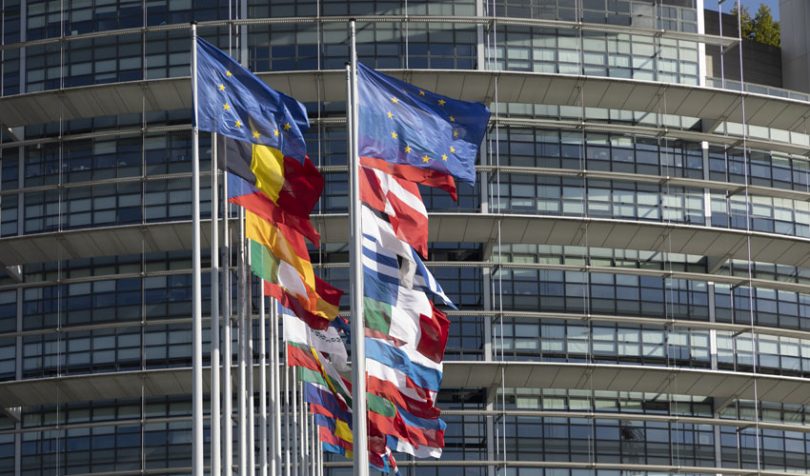Last year the European Commission opened a broad consultation about regulating digital assets and cryptocurrencies or what it refers to as crypto-assets. The deadline was March 2020, and in June it published numerous responses including from Calibra, the Facebook Libra wallet, which has since been renamed to novi. The company is a subsidiary of Facebook, unlike Libra which claims to be an independent entity. In some ways, the response reveals some similarities in Libra’s structure and how a central bank would issue money.
Redemption rights
An interesting statement by Calibra in the EC response is that Libra does not create a direct redemption right for users. It previously stated this indirectly. In its second whitepaper, Libra outlines the role of several “Designated Dealers to extend liquidity to consumer-facing products, such as wallets and exchanges.” These organizations will be “regulated, well-capitalized financial institutions.”
So it is only these Designated Dealers that can redeem funds. There are parallels here with central banks that issue cash to commercial banks who then distribute it.
A key goal of Libra is to enable low cost payments. One of the ways to do this is through technology and also reducing the number of intermediaries. While designated dealers should have a lower cost base compared to commercial banks, they are nonetheless a layer of cost. Market makers still have to make money and that cost will inevitably be passed on to consumers. By adding another set of players, they potentially increase risk when markets are unstable.
Regulation
The EC consultation questionnaire asked about the risks of stablecoins versus global stablecoins.
Calibra acknowledges there are differences: “The areas where global stablecoin initiatives are likely to be distinguished will relate to systemic risks in relation to impact on the payment system, and on users (if widely adopted). It may be appropriate to adopt a graduated approach, utilising additional regulatory tools, as the capitalisation, geographic reach, acceptance and similar factors increase, resulting in a more proportionate regulatory regime,” Calibra responded.
Elsewhere it clarified: “Indicators that show utility must be included in making an assessment of global reach.”
Not keen on e-money regulations
In terms of classifications and regulations, Calibra stated that targeting regulations based on payment, investment, utilty and hybrid tokens does not provide sufficient nuances. Instead, regulation should take into account a range of factors, including product characteristics and business model.
More specifically, it does not believe e-money regulations should be applied to stablecoins, which “depart from the definition of e-money”.
Why doesn’t it want to be classified as e-money? E-money is defined as “electronically, including magnetically, stored monetary value as represented by a claim on the issuer which is issued on receipt of Funds for the purpose of making Payment Transactions … which is accepted by a natural or legal person other than the electronic money issuer”.
The first objection already mentioned is the claim on the issuer is not direct in Libra’s case. Other issues include restricting the purpose to payment transactions as opposed to lending or other functions and being issued on receipt of Funds, which implies a more direct relationship than Libra is envisaging.
Later on, talking about reserves, Calibra states: “A stable coin that offers a right of redemption and a 1:1 equivalence to a fiat currency may have attributes that are similar to e-money and attract similar restrictions on the investment of the reserve.”
So Calibra is saying is that 1:1 stablecoins might currently be classified as e-money and it doesn’t want Libra to attract that classification. Bear in mind that this is Calibra responding, not Libra.
An oddity re pledging collateral?
One of the EC’s questions related to stablecoin reserves. The questionnaire listed characteristics, including “The assets of the reserve should not be encumbered (i.e. not pledged as collateral).” On the one hand, Calibra agreed with the statement.
But it also stated: “The reserve is not encumbered (but the exclusion of all third party rights may not be necessary).” We’re curious about what this might be implying.
Numerous other organizations responded publicly to the consultations, including the DTCC, State Street, and several member bodies. We reported separately that PayPal acknowledged it’s preparing an offering in this space.






